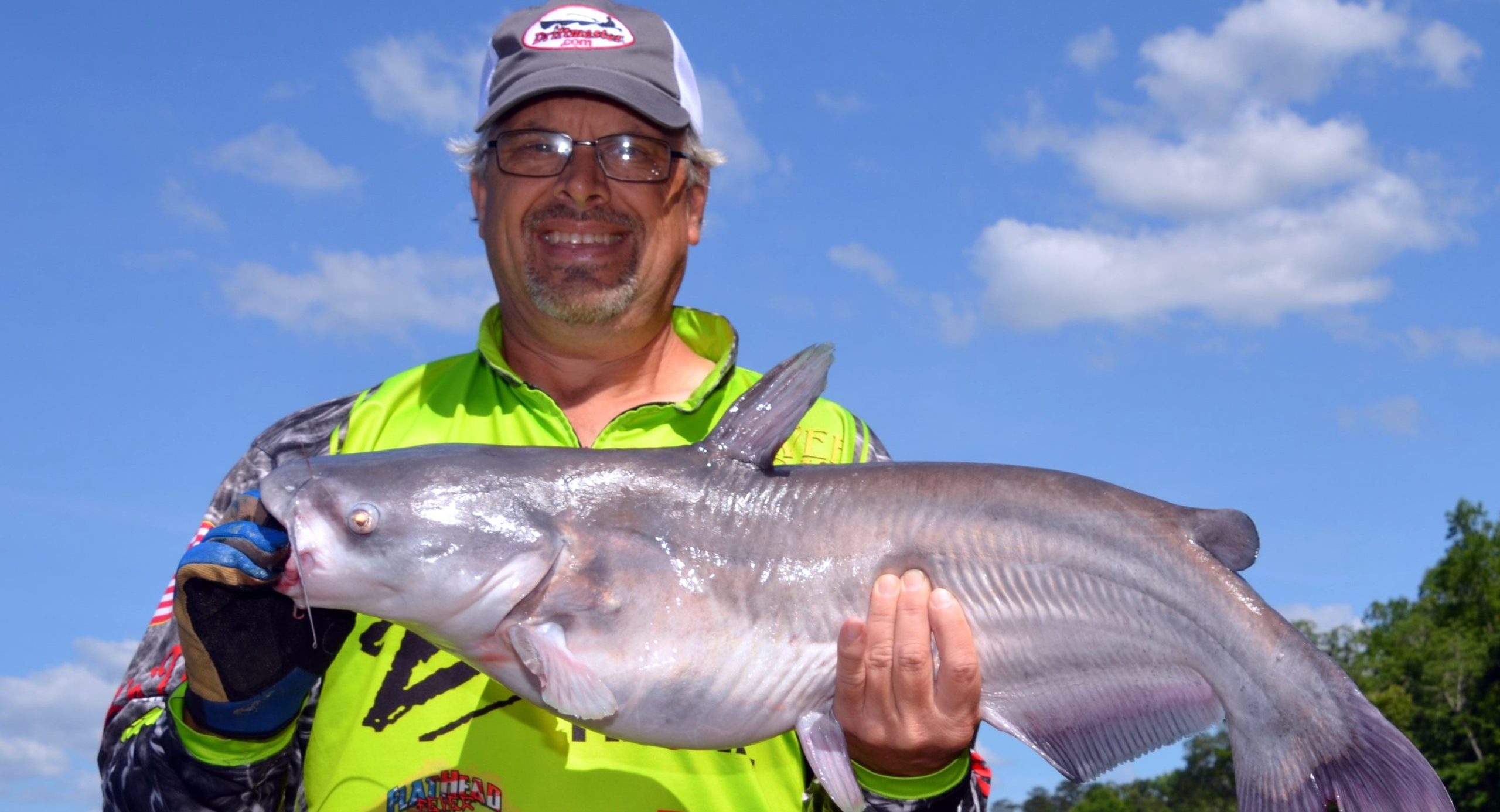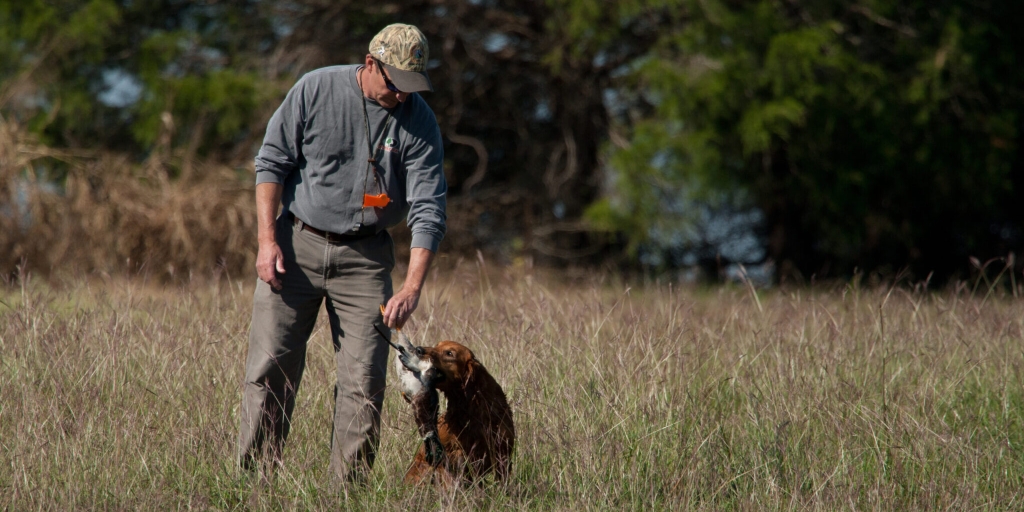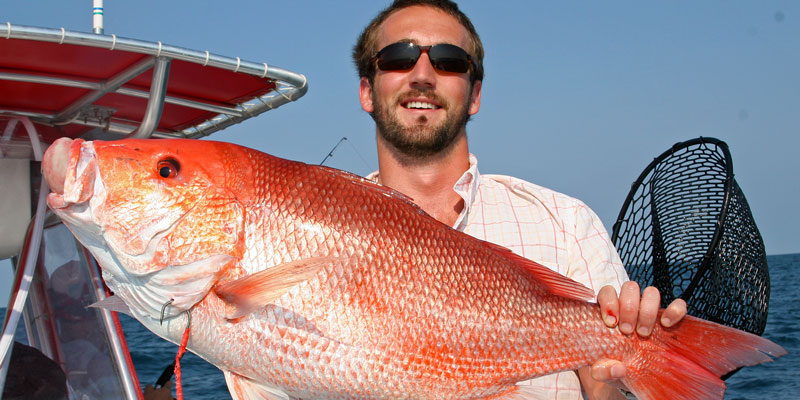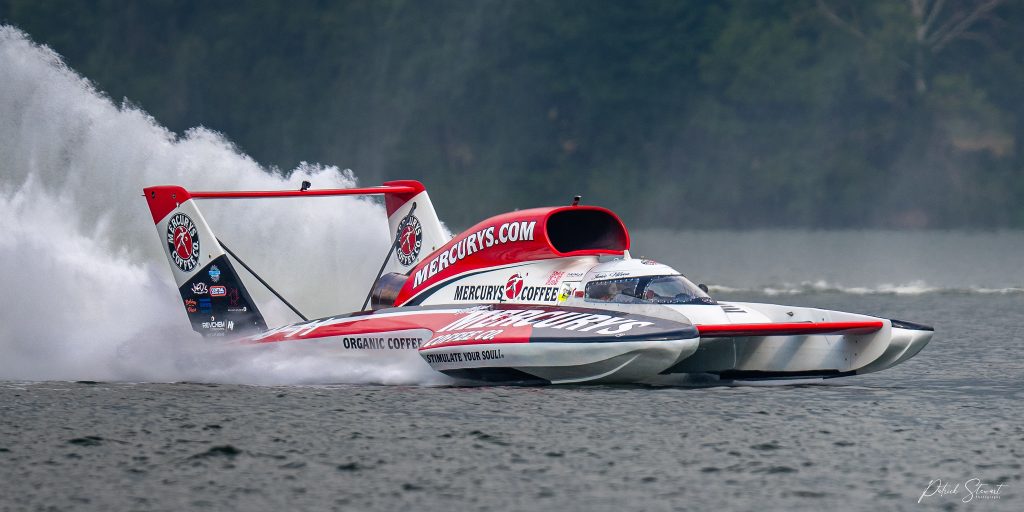Facing against the river current, the boat drifted slowly backward, despite the whirling trolling motor prop slashing to gain headway against the flow. As the boat glided past a hump 50 feet below, the rod tip twitched ever so slightly. Then, the stout rod bent over double as a river monster inhaled the offering.
Big rivers hold massive catfish, but anglers must search for them. It takes years for a catfish to reach at least 50 pounds and few do. Even fewer hit the 100-pound plateau. To find behemoth whiskerfish, many anglers drift down rivers like the Alabama or Tombigbee.
“The Tombigbee River is a hidden catfish gem,” stated Joey Pounders, a professional catfish angler. “I’ve caught quite a few catfish bigger than 50 pounds in it. We might catch a 40-pound blue and a 40-pound flathead from the same hole.”
Drifting a river allows an angler to cover considerable tracts of water. A moving bait will more likely pass close to the whiskers of a big, hungry catfish that one just sitting on the bottom. In systems like the Alabama, Tombigbee or the Mobile-Tensaw Delta, lunker cats could lurk anywhere.
Catfish usually don’t sit in direct current. They frequently hold next to or behind some type of current break, such as a hole, tree or stump. Behind the current break, catfish look upstream and wait to pounce on anything that might wash toward them. If they see tempting morsels, they swoosh out into the current, slurp what they can and retreat back into their lairs.
Sometimes, river bottoms resemble old-fashioned washboards as currents over eons carve rolling humps and valleys or scour holes. Big catfish drop into the bottom of these troughs. Typically, the most active catfish lurk just below the upstream rim of the depression.
“Current plays a really important role in catfishing,” said Mike Mitchell, a professional catfish angler from Alabama. “River cats are used to current. A big catfish likes to get around something that makes it feel secure and lets the river feed him.”
While fishing Wilson Lake on the Tennessee River near Muscle Shoals, Mitchell landed a 117.20-pound blue catfish. The fish hit a skipjack chunk in 28 feet of water. His fish nearly broke the Alabama state record. Currently, John Paul Nichols holds that honor with a 120.25-pound blue caught in Holt Reservoir on the Black Warrior River. The Black Warrior River flows into the Tombigbee River near Demopolis.
Drifting can put giant whiskerfish in the boat, but anglers can’t just drop a line anywhere and expect to catch a river monster. Making a drift requires considerable planning long before the bait ever touches the water.
Use electronics to do some scouting before beginning a drift. Look for holes, humps, drop-offs, sunken logs and other bottom contours or objects that might attract big catfish. With forward-facing sonar, anglers can see through bottom debris and all the clutter in the water. Anglers can even watch how a fish reacts to a bait or the moment it takes it.
“A good sonar unit can give an angler 30 years’ worth of experience in five seconds,” explained Phil King, a national champion catfish angler. “I look for depth changes. It doesn’t have to be more than a foot in depth change to hold a big fish. I like to fish right along the drop-off edge where the current rides over the top, creating a little boil. Sometimes, little mounds on the bottom hold pieces of debris on the front end, making the spot that much better.”
After scanning an area with electronics, plan a drift through the best area. When heading upstream to start the drift, don’t run directly over the prime fishing spots. In a strong current, face the boat upstream. Use the trolling motor to control the speed and direction. Run the trolling motor just slightly less than the river current speed to keep the boat moving backward at a slow pace.
“When drifting a big river, speed is critical,” detailed King, a member of the 100-pound catfish club. “With the trolling motor facing upstream, I ease downriver at a slower speed than the current flow. That’s the key to making a good drift. That gives me an opportunity to show the bait to fish two or three times instead of it blowing past the fish too fast. The longer you keep a bait in a fish’s face, the more likely it’ll bite it.”
At the starting point, drop lines so the sinker hits bottom. Turn the reel a couple cranks so the bait suspends above the weight and a few feet off the bottom. Walk the bait downstream with the current.
“Many people think they should put the bait on the bottom, but a catfish’s eyeballs are on the top of its head,” Pounders advised. “We like to keep the bait about two feet off the bottom. With the current running, holding the bait off the bottom makes it look more alive. Keeping the bait off the bottom also helps disperse the scent so catfish can find it better.”
Many anglers fish several rods in holders, each tipped with a different bait to see what giant catfish want that day. In general, bigger baits mean bigger catfish, although fewer bites. Large blue cats normally prefer fish. A monster blue can easily gulp down a 5-pound fish.
Oily baits like whole or chunked skipjack, shad and mullet make excellent attractants, especially for blue cats. When fishing with cut bait, use the heads or body cavity parts, or both together, because these pieces release the most succulent juices. A catfish can follow a scent trail a long way. Also try U-shaped fish steaks cut from the gut section. Run the hook under the spine so the two dangling belly pieces flap in the current. Toss the tail section overboard as chum.
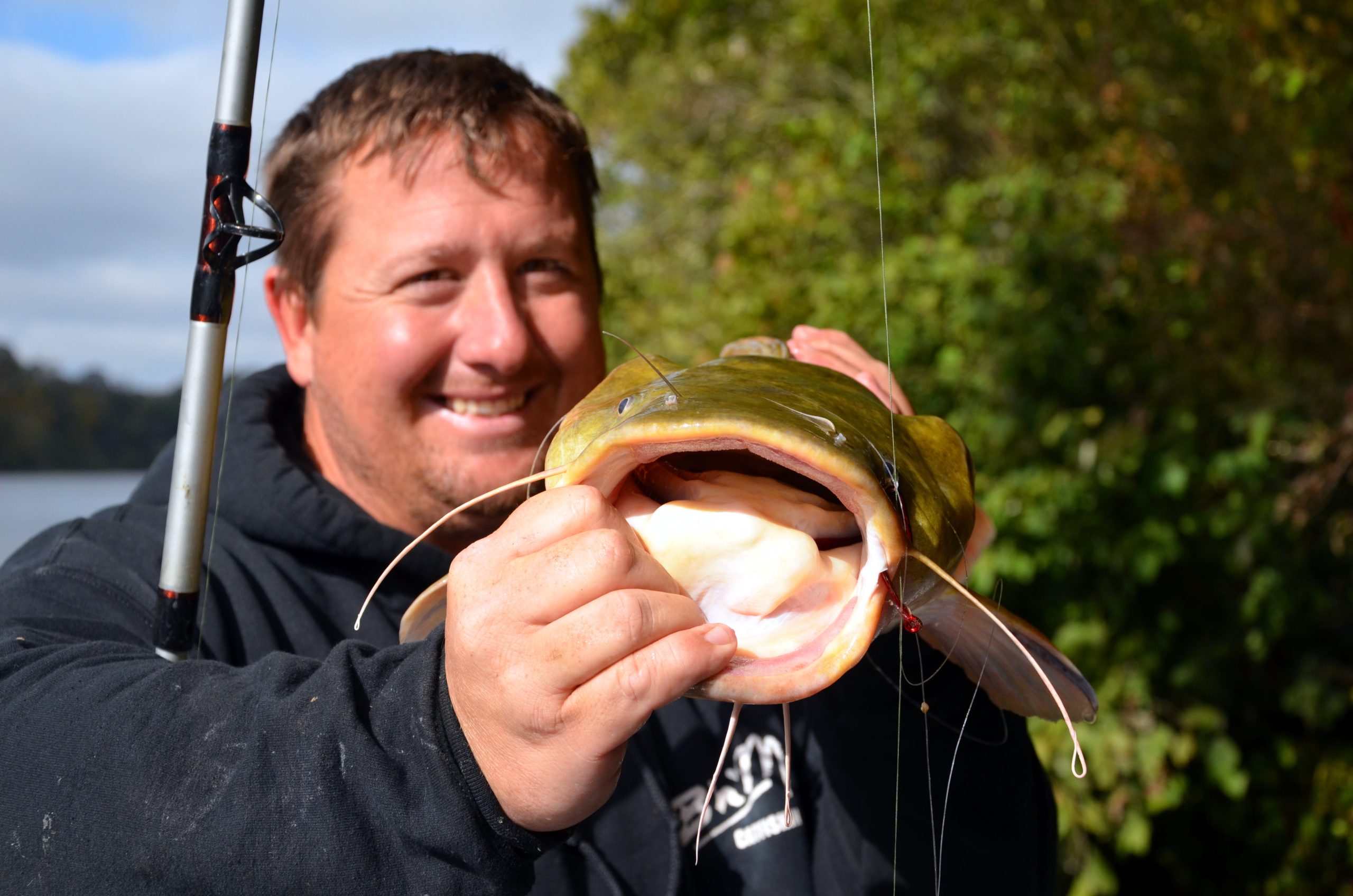
Big flatheads mostly want live baits and almost exclusively eat fish. These aggressive predators devour bluegills, other sunfish, threadfin or gizzard shad and smaller catfish, especially bullheads, also called mudcats. Flatheads use their outstanding mottled camouflage to ambush prey from thick woody cover such as logjams and fallen trees.
Strip baits might entice both blues and flatheads because they look alive when rigged correctly. Fillet off a baitfish side about five to nine inches long. Drive a circle hook through the ribcage for better support. In current, the trailing strip undulates like a live bait while oozing tempting juices. Attach a small float to the leader to keep the bait off the bottom and above snags. A wine cork slipped on the leader looks more like natural flotsam drifting in the flow than a colorful plastic bobber.
The sprawling Mobile-Tensaw Delta system holds excellent catfish numbers and some giants. The Alabama River system produced the state record flathead, an 80-pounder. Some of the best fishing occurs on the main rivers north of Interstate 65. Blue cats can tolerate more salinity than other catfish species, so they might even enter upper Mobile Bay.
Anglers drifting local rivers could possibly catch some of the largest fish around without heading offshore into the Gulf of Mexico while spending considerably less money doing it!
Felsher is always looking for ideas or outdoors adventures that will make good stories. If you have a good idea, contact Felsh at [email protected] or through Facebook. He also hosts an outdoors tips show for WAVH FM Talk 106.5 radio station in Mobile.




